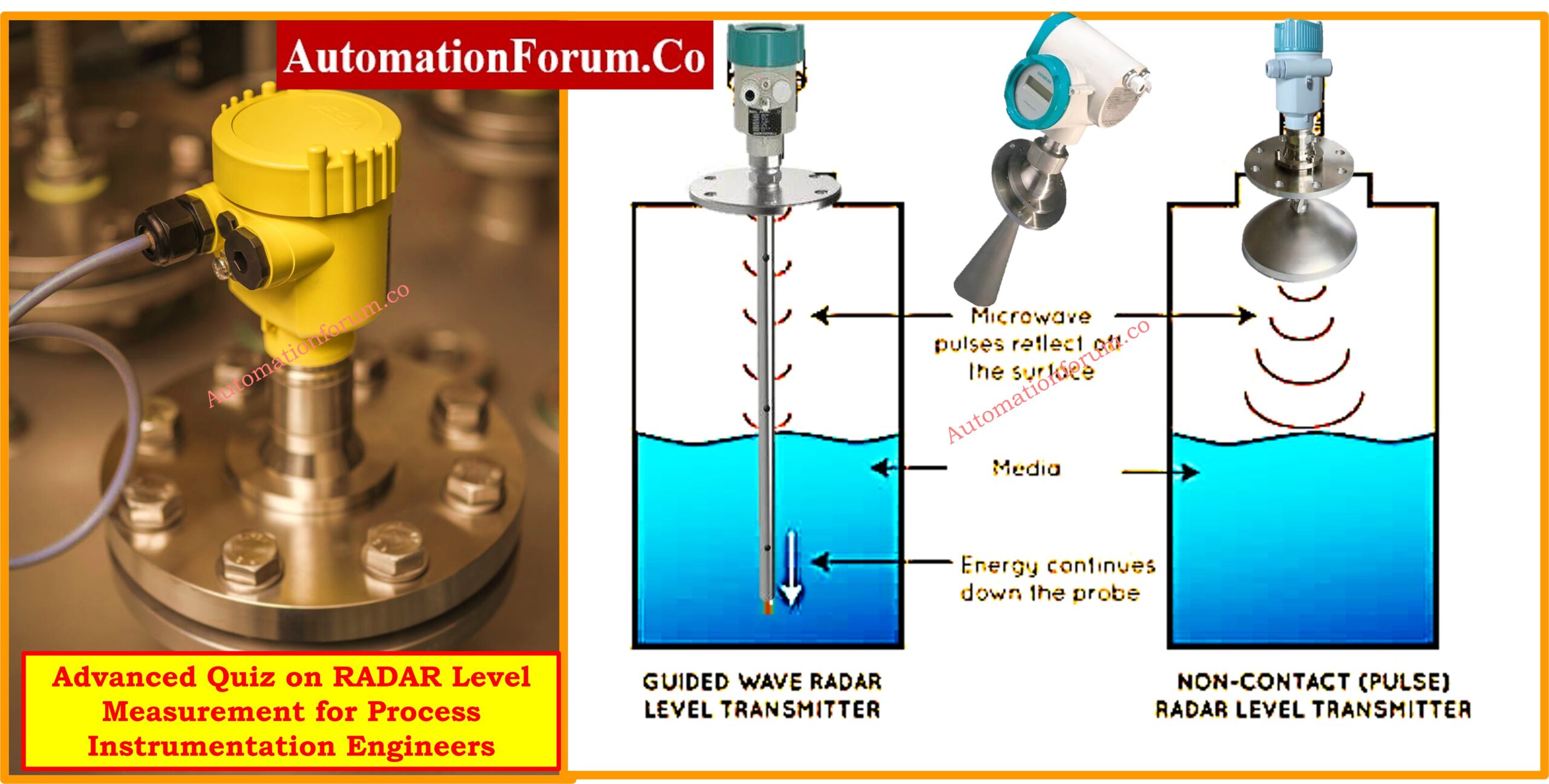SCADA (Supervisory Control And Data Acquisition) is a system that refers to a combination of telemetry and data acquisition.
This consists of gathering information, transferring it back to the control center, carrying out the necessary analysis and control, and then displaying this data on a number of display operators. SCADA is used to monitor and control factories or equipment.
Components of SCADA system:
1. Field instruments:
Field instruments refer to sensors and actuators that are directly connected to a factory or equipment. They produce analog and digital signals that will be monitored by the Remote Station.
Signals are also conditioned to ensure they are compatible with the input / output of the Remote Terminal Unit (RTU) or the Remote Station PLC. Remote stations are installed in remote plants or equipment that is monitored and controlled by a central host computer.
Central Monitoring Station (CMS) refers to the location of the master or host computer. Some workstations can be configured on a
Use a Human Machine Interface (HMI) program to monitor various types of data needed for operations. The following is an example of a configuration of a SCADA system for water distribution.
2. Remote Station
Field instruments are connected to the factory or monitored and controlled equipment that is connected to the Remote Station to allow for manipulation of processes in remote locations. It is also used to collect data from equipment and transfer it to the central SCADA system. A good remote station may be an RTU (Remote Terminal Unit) or PLC (Programmable Logic Controller). This may also be a boar or modular system.
Remote stations are usually available in two types, namely single boards and modular units. Single board provides a number of fixed input / output (I / O) interfaces. This is cheaper, but does not offer the ease of upgrading to a more sophisticated system.
Modular type is a remote station that can be expanded and is more expensive than a single board. Usually used to connect modules. Each I / O module or communication needed for future expansion can easily be installed.
3. Communication Network
Network Communication refers to the communication equipment needed to transfer data to and from different locations. The media used can be cable, telephone or radio. The use of cables is usually done inside the factory.
The use of telephone lines (eg leased or dial-up) is a cheap solution for systems with large coverage. Leased lines are used for on-line systems that require connections with remote stations. This is expensive because one telephone line will be needed per location.
4. CMS (Central Monitoring system)
The Central Monitoring System (CMS) is a master unit of the SCADA system. It is in charge of collecting information collected by the remote station and producing the actions needed for each event detected.
CMS can have a computer configuration or can be a network for workstations to allow sharing information from a SCADA system.
A Human Machine Interface (HMI) Program will run on CMS computers. A plot diagram of the entire plant or process can be displayed on the screen for easier identification with a real system.
Each I / O point of a remote unit can be displayed with an appropriate graphical representation and I / O readings.





